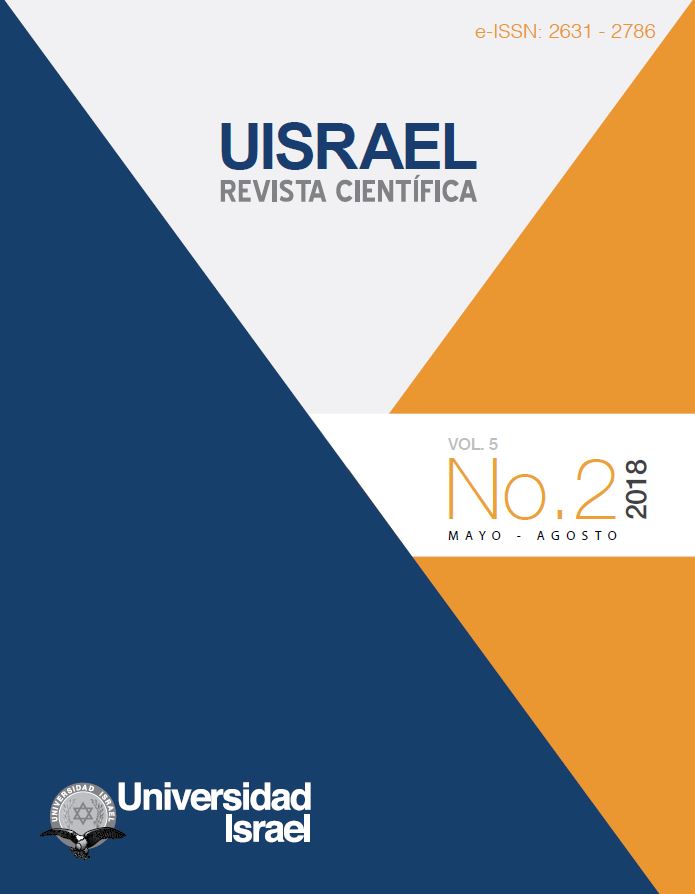Background in the process of appropriation of information technologies in the Wixárika Region of the state of Jalisco
DOI:
https://doi.org/10.35290/rcui.v5n2.2018.86Keywords:
technology, Wixárika People, society, information, knowledgeAbstract
The integration of the different sectors of the population of our country to the Information and Knowledge Society seems a complex task due to the little extended telecommunications network that we have. In addition, commercial operators in this segment show low interest in offering their services to populations with a low concentration of inhabitants. However, if the extension of the ne-twork is completed, this would only represent the first step, there would be a long way to go in the process of integrating the technologies for the common benefit. This phenomenon is aggravated in indigenous populations, whose main characteristic is the geographical dispersion in which their inhabitants live. And, as with the great majority of the indigenous peoples of Latin America, their socioeconomic characteristics are very high marginalization. According to the classification of the National Institute of Statistics and Geography (INEGI, 2010), basic services, such as communica-tions (roads), are scarce. Access to telecommunications services is limited to satellite rural telepho-ne booths, and Internet access is only available through satellite links located at some educational sites.
Downloads
References
Castellanos, A. y Valenzuela, C. (2011). Anexo técnico: Propuesta de profesionalización a los Promotores de los Centros Comunitarios en Línea (CCL) [Documento de trabajo]. Universidad de Guadalajara, Sistema de
Universidad Virtual. Guadalajara, Jal., México.
Comisión Nacional para el Desarrollo de los Pueblos Indígenas (2011). Acciones de Gobierno para el Desarrollo Integral de los Pueblos Indígenas. Informe 2011. México D.F: Coordinación Editorial de la CDI.
Del Álamo, O. (2005). Hacia la apropiación social de las nuevas tecnologías en los procesos de desarrollo. Recuperado de http://www.iigov.org/gbz/article.drt?edi=103747&art=112489
Gobierno de Jalisco. (2013). Plan Estatal de Desarrollo Jalisco 2013-2033. Recuperado de: http://programas.jalisco.gob.mx/transparenciaFiscal/ PED-2013-2033%20versi%C3%B3n%20completa.pdf
Instituto Nacional de Estadística y Geografía (INEGI) (2010). Información por entidad: Jalisco. Recuperado de: http://cuentame.inegi.org.mx/monografias/informacion/jal/poblacion/m_migratorios.aspx?tema=me&e=14
Mateos, R. y Moreno, M. (2016). Comunidades de Aprendizaje y Servicios Académicos Una década de experiencias de CASA Universitaria. Guadalajara Jalisco, México: Editorial Universitaria. Sistema Nacional e-México. Manual de Implantación de los Centros Digitales e-México, Secretaría de Comunicaciones y Transportes, México 2002.
UNESCO (2015). Educación 2030: Hacia una educación inclusiva y equitativa de calidad y un aprendizaje a lo largo de la vida para todos. Recuperado de https:// es.unesco.org/world-education-forum-2015/ aboutforum/declaracion-de-incheon
Downloads
Published
How to Cite
Issue
Section
License
Copyright (c) 2018 Revista Científica UISRAEL

This work is licensed under a Creative Commons Attribution 4.0 International License.
Los autores que participen de los procesos de evaluación y publicación de sus ediciones conservan los derechos de autor y ceden a la revista el derecho a la primera publicación, tal como establecen las condiciones de reconocimiento en la licencia Creative Commons Reconocimiento 4.0 Internacional (CC BY), donde los autores autorizan el libre acceso a sus obras, permitiendo que los lectores copien, distribuyan y transmitan por diversos medios, garantizando una amplia difusión del conocimiento científico publicado.
- Toda derivación, a partir de esta obra, deberá citar la fuente y a la primera publicación en esta revista. Se permiten derechos comerciales no lucrativos sobre sus contenidos.
- Los autores pueden realizar otros acuerdos contractuales independientes y adicionales para la distribución no exclusiva de la versión del artículo publicado en esta revista, es decir, podrán incluirlo en un repositorio institucional o publicarlo en un libro, siempre que indiquen claramente que el trabajo se publicó por primera vez en esta revista.
- Se permite y recomienda a los autores compartir su trabajo en línea, con la finalidad de intercambios productivos para una mayor y más rápida citación del trabajo como lo establece los efectos del movimiento ‘Acceso Abierto’.
- No puede aplicar términos legales o medidas tecnológicas que restrinjan legalmente a otros de hacer cualquier cosa que permita la licencia: https://creativecommons.org/licenses/by/4.0/deed.es
- La Revista Científica es financiada completamente de los aportes realizados por nuestra entidad editora: Universidad Tecnológica Israel; por tal motivo, no establece cargos o cobros de ninguna índole a sus autores y colaboradores, así como tampoco genera pagos o remuneraciones de ningún tipo a ellos.
- Se asignará un Digital Object Identifier (DOI) a cada publicación.







